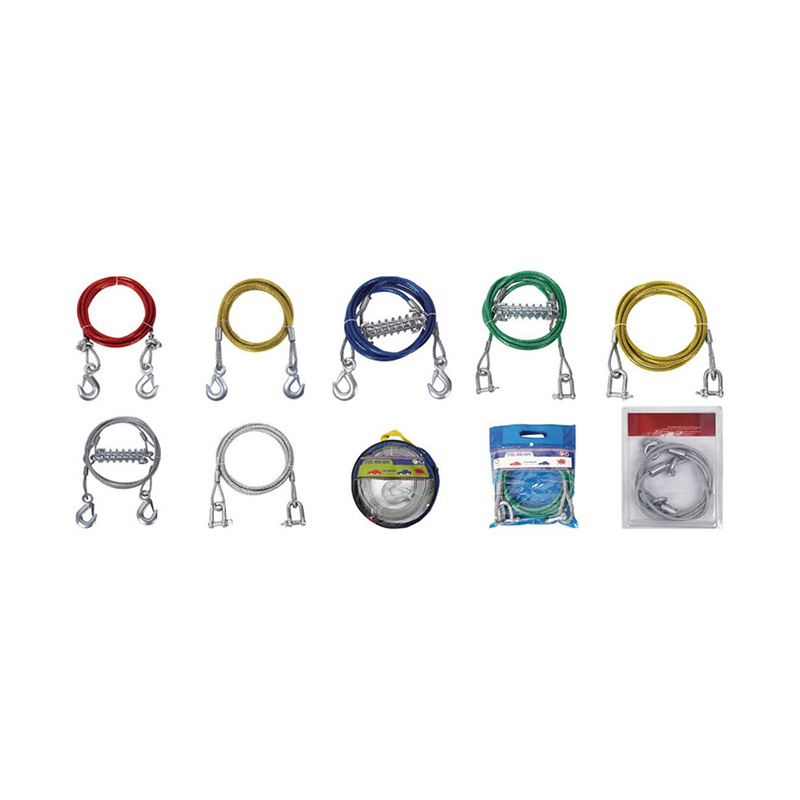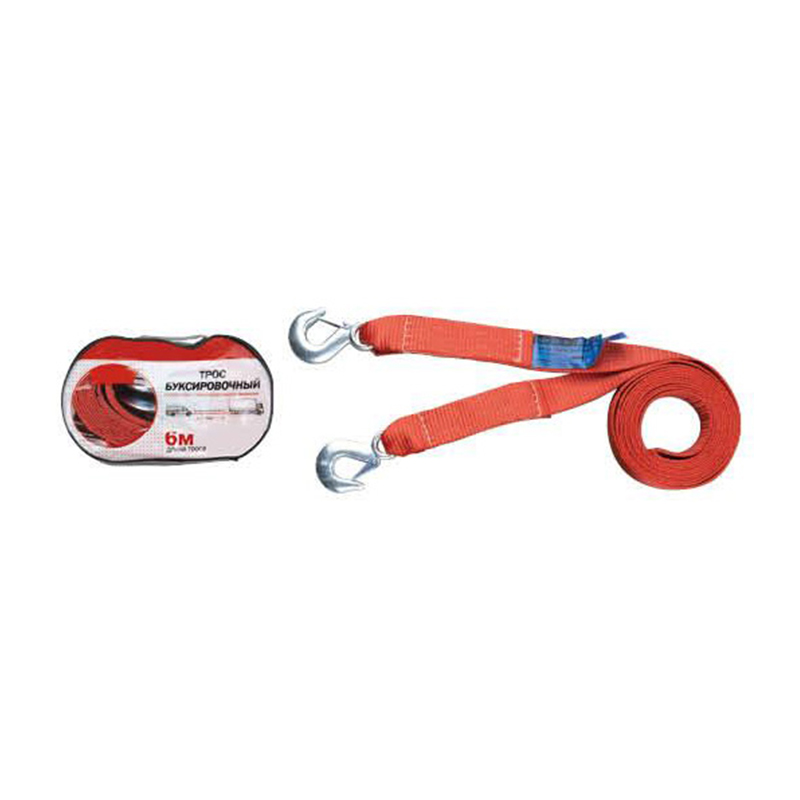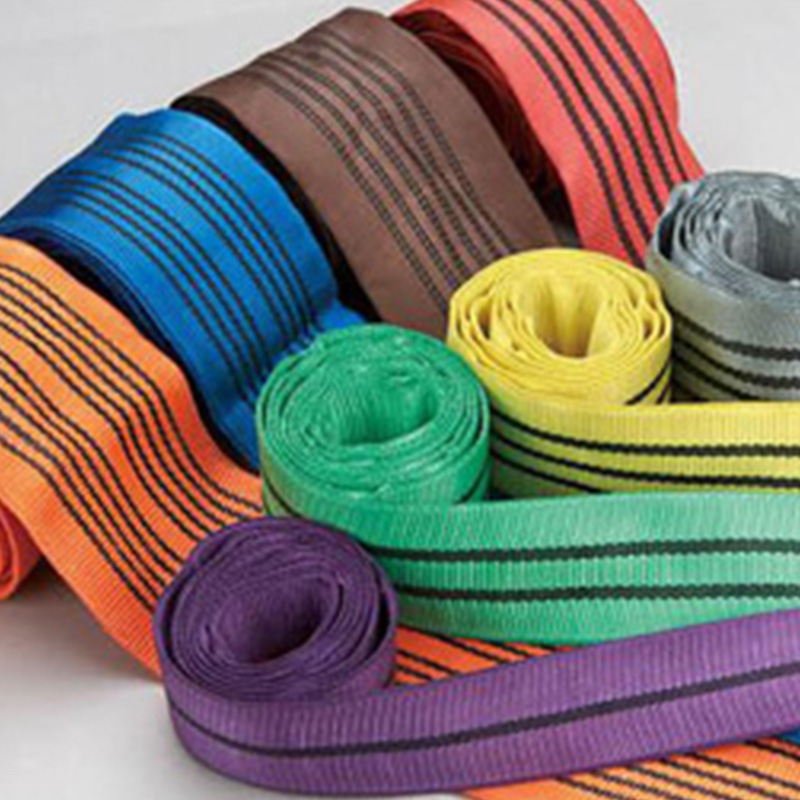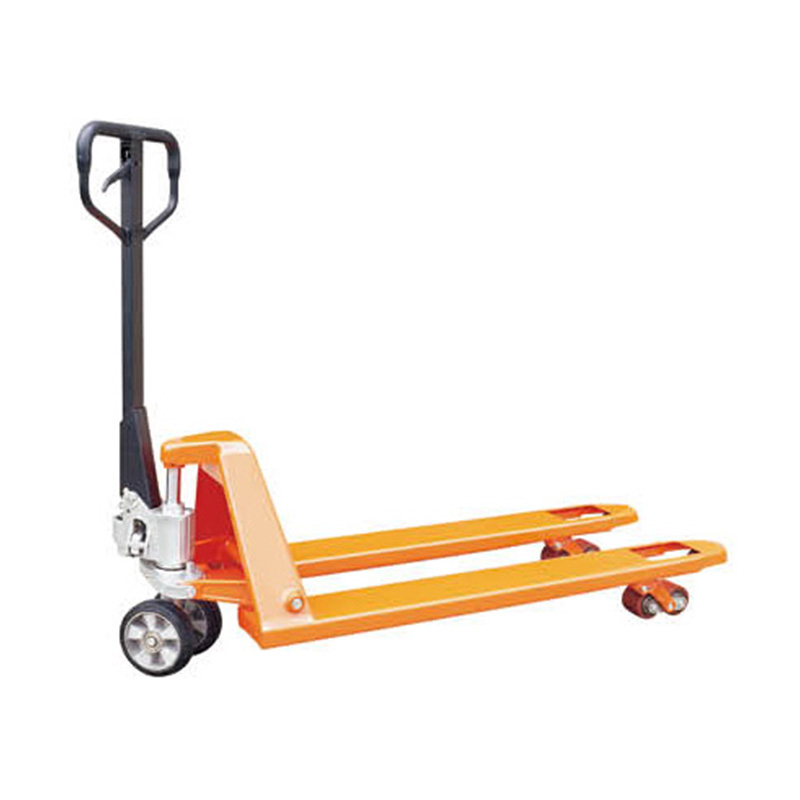Search by posts
Product category
Industry News
 By Admin
By Admin
Analyzing the professional application and technical advantages of aluminium sleeve hourglass
What is the working principle of aluminum hourglass sleeve?
The core function of the aluminum hourglass sleeve is to achieve a secure connection at the end of the steel wire rope through compression fixation. Its unique hourglass shape with wide ends and narrow middle is not accidental, but a precisely calculated mechanical design. When pressure is applied, the special geometric structure of the casing generates uniform radial compression force, which tightly compresses the steel wire rope strands inside, forming a mechanical interlock. This fixing method can provide a more uniform stress distribution compared to traditional knots or welding, avoiding early failure caused by local stress concentration.
In terms of material selection, the ductility and strength of aluminum alloy have achieved a perfect balance. 6061-T6 aluminum alloy is a commonly used material for this type of casing, with a tensile strength of up to 310 MPa while maintaining sufficient plastic deformation capacity. During the crimping process, the aluminum material will undergo adaptive deformation with the surface pattern of the steel wire rope, increasing the contact area and improving friction. Test data shows that the efficiency of correctly installed aluminum sleeve joints can reach over 90% of the strength of the steel wire rope itself.
Why is size matching so crucial?
The precise matching of the diameter between the aluminum hourglass sleeve and the steel wire rope is a prerequisite for ensuring the fixing effect. The engineering specifications require that the deviation between the inner diameter of the casing and the nominal diameter of the steel wire rope should not exceed ± 0.1mm. Excessive clearance can lead to insufficient compression and ineffective fixation; However, being too tight may damage the structure of the steel wire rope and weaken its load-bearing capacity. During professional installation, it is necessary to use a vernier caliper for double verification to ensure that the dimensions match perfectly.
This precise fit is also reflected in the length selection of the casing. According to the diameter of the steel wire rope, the crimping length of the sleeve is usually 5-7 times the diameter of the rope. For example, the crimping length of the sleeve corresponding to an 8mm steel wire rope should be 40-56mm. This proportional relationship has been verified through extensive mechanical testing and can ensure smooth transmission of stress from the steel wire rope to the sleeve under axial tension, avoiding sudden stress changes.
What are the important principles of material compatibility?
The material combination of aluminum casing and steel wire rope follows specific electrochemical compatibility principles. Due to the small potential difference between aluminum and ordinary carbon steel, the galvanic corrosion effect generated when the two come into contact is weak. Therefore, aluminum sleeves are very suitable for fixing ordinary galvanized steel wire ropes. The aluminum oxide film formed after installation can also provide additional environmental protection and extend the service life of the joint in humid environments.
This principle does not apply to stainless steel wire ropes. There is a significant potential difference between aluminum and stainless steel, which can accelerate the corrosion of aluminum sleeves in humid environments. In this case, a sleeve made of zinc or copper material should be selected. Although copper sleeves are relatively expensive, they have excellent compatibility with stainless steel, and the ductility of copper enables tighter compression fixation. Professional engineers suggest that in highly corrosive environments such as marine environments or chemical plants, the principle of material compatibility must be strictly followed.
How does the installation process affect the final performance?
The correct installation of aluminium sleeve hourglass requires professional tools and techniques. Hydraulic crimping pliers are the most commonly used installation tool, which can provide stable and controllable compression force, usually requiring 70-80% of the yield strength of the casing material. Although manual crimping tools are portable, they are difficult to ensure uniform pressure and are only suitable for non critical connections of small diameter ropes and cables.
During the crimping process, there are strict specifications for the deformation sequence and compression amount of the casing. Professional operation requires starting from the middle of the casing and gradually pushing towards both ends to ensure uniform deformation of the steel wire rope strands. Each crimping position needs to be compressed to 50-60% of the original diameter to form a clear "hexagonal" or "square" indentation. When using a torque wrench for inspection, qualified crimping joints should be able to withstand a test load of 60% of the minimum breaking force of the steel wire rope without slipping.
What are the unique advantages of this technology?
aluminium sleeve hourglass have multiple advantages compared to other fixing methods. In terms of weight, the density of aluminum sleeves is only one-third of that of steel, greatly reducing the additional load on the connection points. This characteristic is particularly important in weight sensitive applications such as aerospace or mobile devices. In terms of installation efficiency, skilled workers only need 2-3 minutes to complete a joint, saving more than 80% of the time compared to traditional spliced rope knots.
From a long-term performance perspective, correctly installed aluminum sleeve joints have excellent fatigue resistance. Vibration testing shows that after 1 million cycles of loading, the joint strength retention rate remains above 85%. This stability makes aluminum sleeves particularly suitable for applications such as bridge suspension cables and elevator ropes that can withstand dynamic loads. In addition, aluminum sleeves do not require special maintenance, and their naturally formed oxide layer can effectively resist most environmental corrosion, with a service life of over 20 years.
 English
English Español
Español عربى
عربى




